Drawing Year
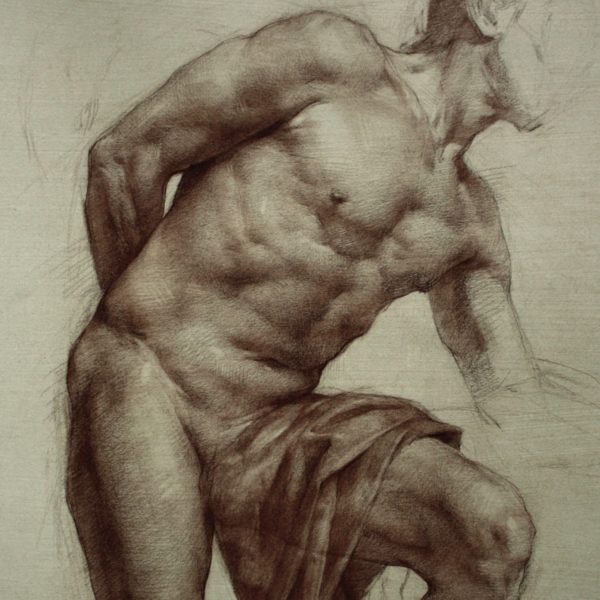
Full-time studies at GCA begin with the Drawing Year, a one-year integrated drawing program in which the students progress from rigorous cast drawing and linear “block-in” drawing through structural analysis of the live model, perspective, sculpture and art history. The year ends with a series of highly finished long pose figure drawings. These drawings are the heart of our teaching as they have always been the bedrock of a complete art education since the Renaissance.
This one-year immersion in drawing will provide the student with skills he or she will rely on for the rest of his or her career, and provide the foundation for GCA’s Painting Year.
Fall Semester: September through January
Spring Semester: February through May
Morning Class Hours: 8:30 to 12:30pm
Afternoon Class Hours: 1– 5pm
Mid-year Individual Critiques – January
End-of-Year Individual Critiques – May
Drawing Year Nine-Month Study Schedule

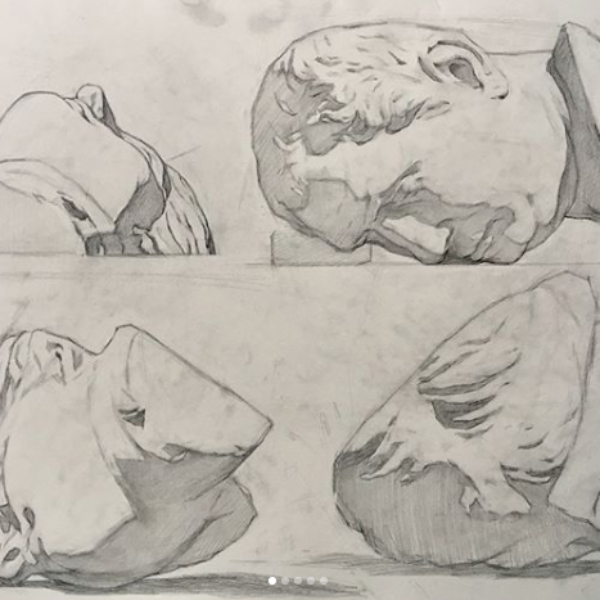
Cast Block-in (Tippy Casts)
This course hones artists’ visual problem-solving skills in preparation for drawing from life. Students begin by copying Bargue Cast plates and then move onto drawing casts tipped at varied angles. This drawing exercise aids the artist in learning how to accurately translate visual information into two dimensions, developing an efficient, analytical procedure for seeing abstract shape and blocking-in.
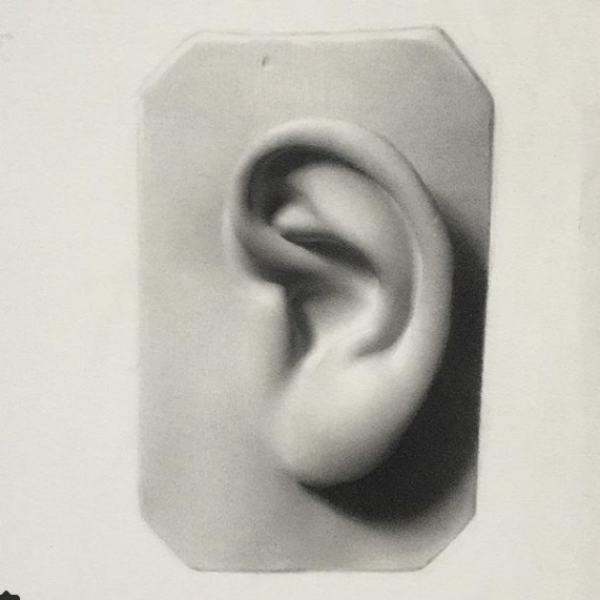
Rendered Cast Drawing
Artists draw in graphite from plaster casts of facial features and heads. Proceeding from a basic linear block-in to a fully rendered drawing, artists are introduced to a conceptual, three-dimensional approach to modeling form while addressing the fundamental properties of composition, proportion, light direction, and value organization. Up to three feature casts and one head will be drawn.
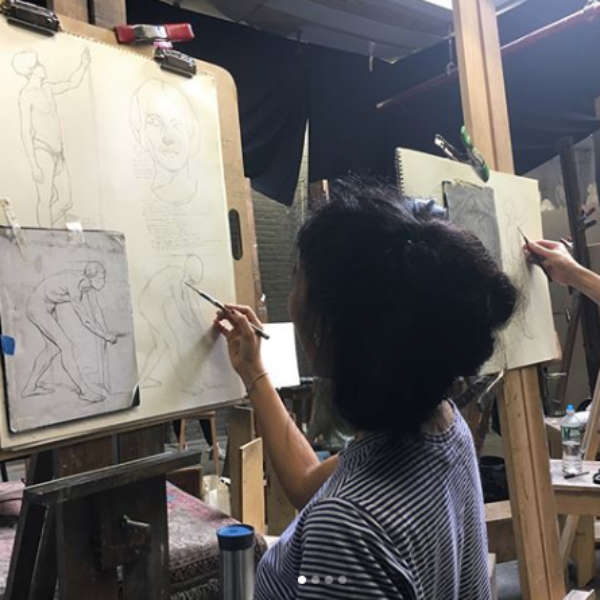
Bargue Drawing
Artists copy feature and figure drawing plates reproduced from works of the 19th century French academician Charles Bargue. This course prepares artists to accurately draw from the live model with an emphasis on proportion, abstract shapes, the practice of comparative measurement and a consideration of line quality and basic anatomical structures.
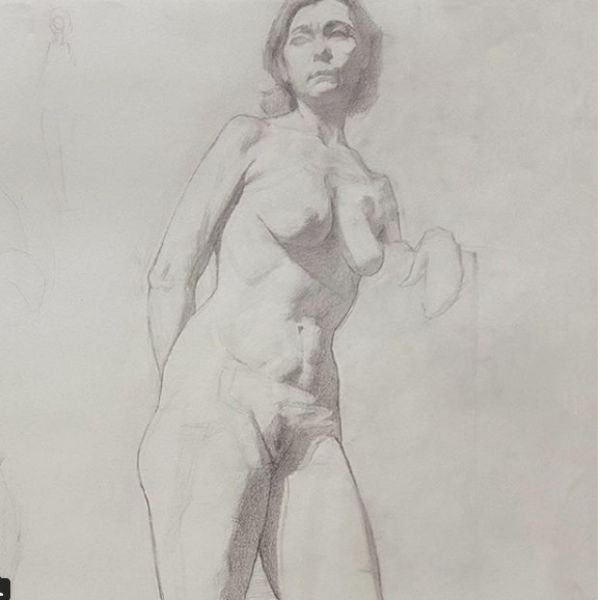
Figure Block-in to Short Pose Figure Drawing
Applying lessons learned by copying the Bargue Figure Plates, students develop a working process for drawing from life in a series of linear figure drawings. Primary objectives in these one and three-day short poses include accurate shapes, proportion, and dynamic gesture. These poses progress from one to three to eight days long.

Long Pose Figure Drawing
Proceeding from the linear block-in, artists learn to refine their drawings with further investigations of the elements of anatomy, gesture, perspective and portraiture. Finally, artists render the figure in careful, modulated graphite, using the same, conceptual, sculptural approach applied in cast drawing.

Cast Sculpture
Artists sculpt in water clay the features of Michelangelo’s David. Undertaken in tandem with Cast Drawing, an understanding of classical form is enhanced by working in three dimensions through a more tactile study of planes and light.
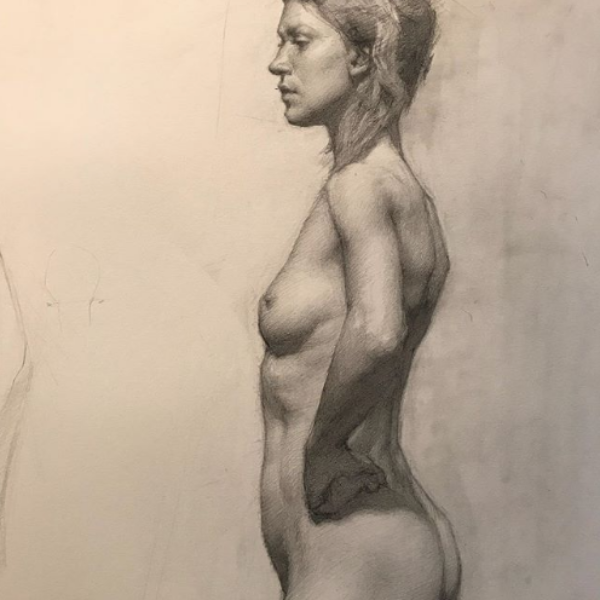
Figure Structure Drawing
With an emphasis on accurate observation, artists will improve their understanding of the figure by incorporating the use of the skeleton, plaster casts (écorché), and master drawings into their life studies. Each artist will learn to complete a carefully rendered drawing from the live model, followed by a companion anatomical/structure drawing of the same pose. Instructors will dissect the pose from each position, illustrating anatomical landmarks, proportional systems, and structural conventions with the aid of masterworks from the Renaissance through Beaux-Arts. By developing their drawings alongside 2-D écorchés, artists will develop a conceptual understanding of the body that may be applied to observational drawing as well as studies from memory and imagination.
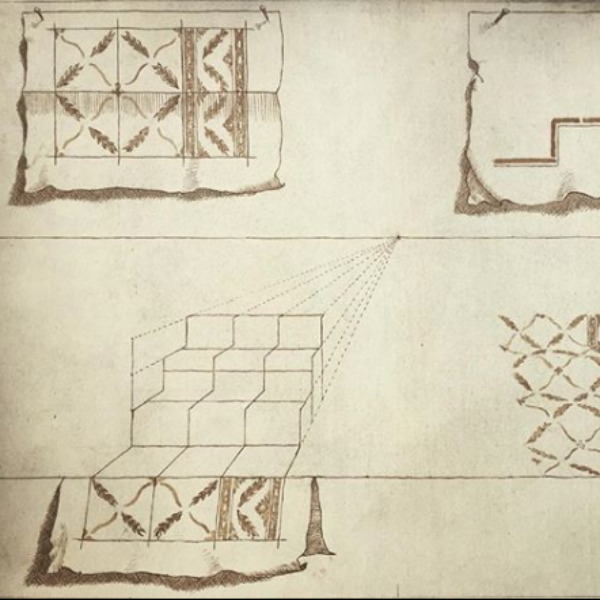
Perspective
This course is designed to give artists insight into the basic concepts of perspective as they relate to creating depth on a two dimensional surface. We begin with 1-point perspective and the introduction of transversals and orthogonals to depict objects diminishing as they move away from the picture plane. We then move on to the rules of 2-point perspective and the use of multiple vanishing points. The rules for shadows are introduced, giving the artist a clearer conceptual understanding of rendering a spatial volume.
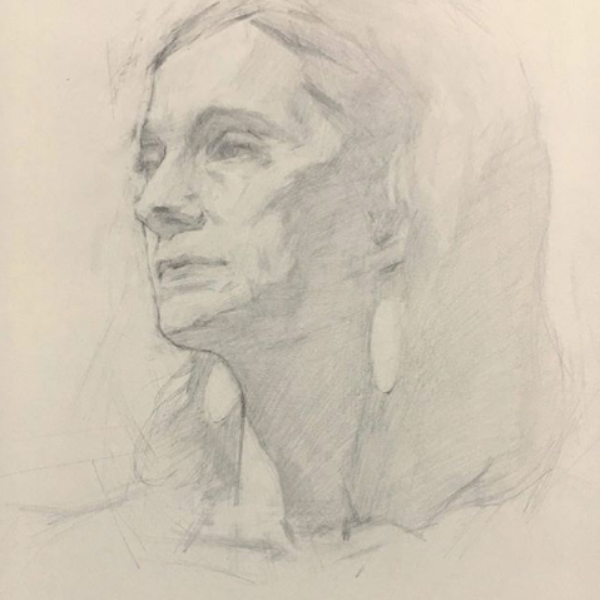
Portrait Sketch
Learn the fundamentals of portrait drawing. With an emphasis on structure and anatomy, students will study facial character through careful analysis of skeletal landmarks, basic muscular structure and unique shapes. Students will learn to create 3-dimensional quality through the in-depth analysis of the light source and how it affects the forms on the face.
